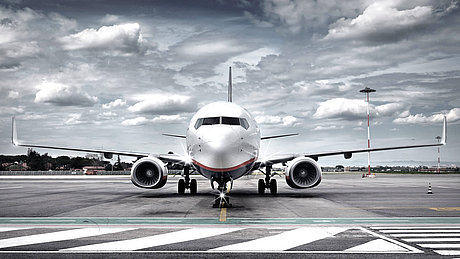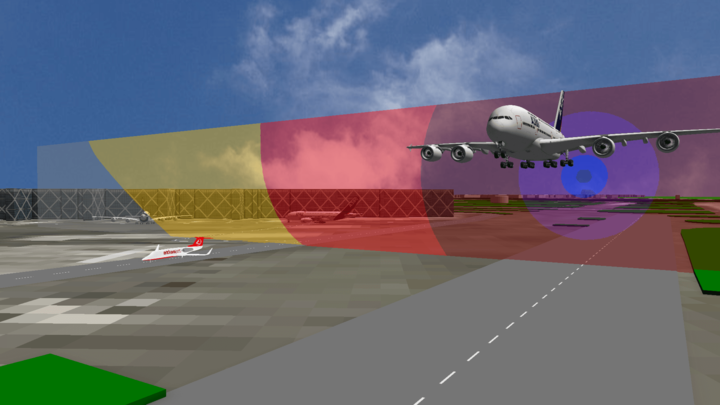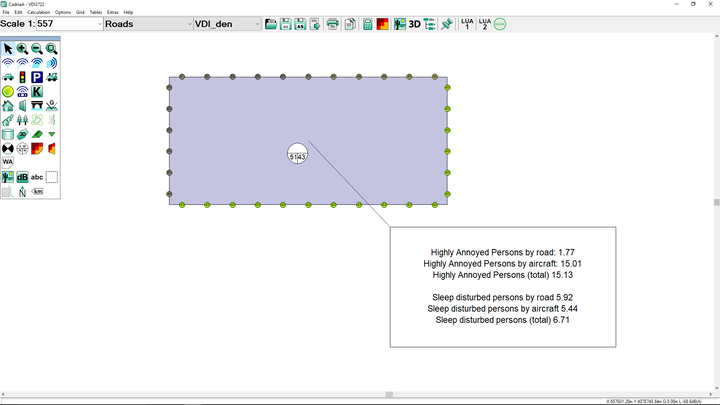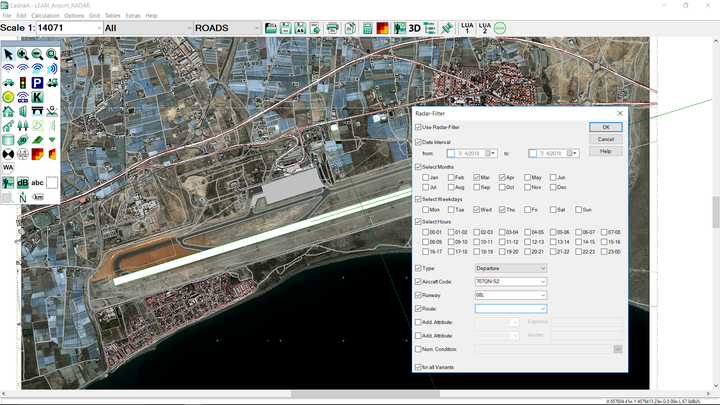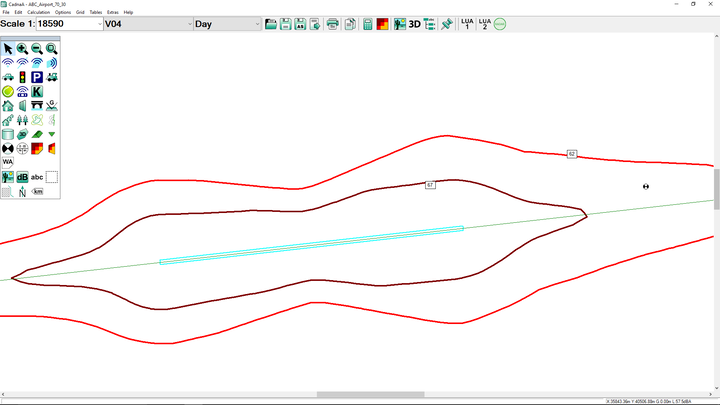Aircraft noise
CadnaA has many application references for the calculation of the noise emitted from civil airports around the world. The results are based on the most relevant calculation methods at European and International level. Furthermore, CadnaA offers many tools and post processing features which simplify your workflow and give more insight on the acoustical situation.


